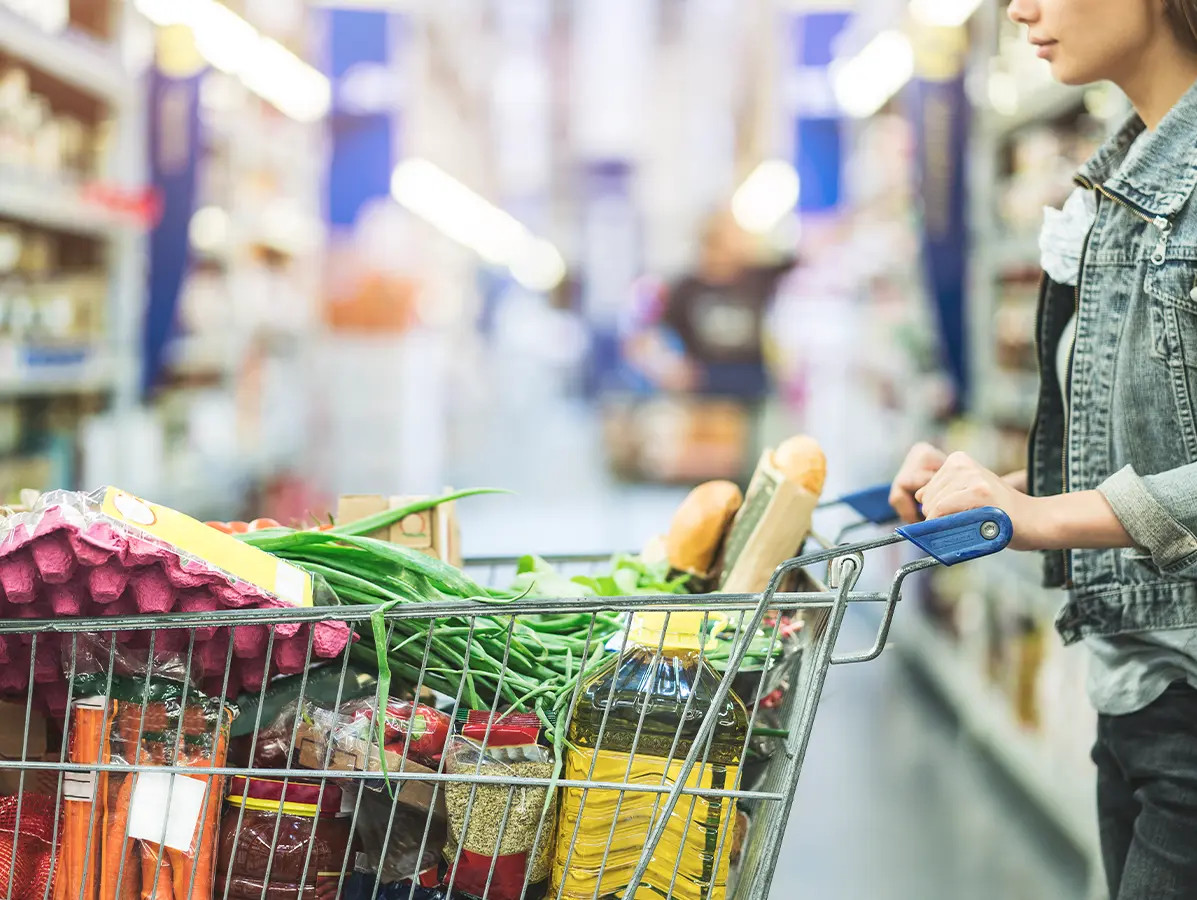
The first cautious signs of economic recovery have also reached the food sector. After a year of inflation and declining consumer spending, purchasing power seems to be stabilizing. However, experts warn that profit margins remain under pressure due to rising costs and price shocks in raw materials.
With economic growth and wage increases outpacing inflation, consumers are cautiously spending more. This is particularly noticeable in the hospitality sector and food retail, although part of the growth is disrupted by external factors like the supermarket tobacco sales ban. But the absolute price levels in supermarkets present a new challenge. The so-called stickershock—the shock of high prices—leads consumers to hold back on spending. Products such as private labels, bulk packaging, and entry-level products are benefiting from this for the time being.
Significant price reductions are not expected to materialize in 2025 either. Price negotiations between retailers and manufacturers will remain tense, largely due to rising labor costs and expensive raw materials like cocoa, palm oil, and dairy. Additionally, the ongoing consolidation wave among food companies will continue to shape the market.
The weather outlook for 2025 is relatively favorable, but the raw materials market remains fragile. Geopolitical tensions and trade measures could cause prices to fluctuate rapidly. Record prices for cocoa and coffee in 2024 have left their mark, and even with slightly declining raw material prices, consumers are unlikely to see immediate relief at the checkout.
Source: Rabobank